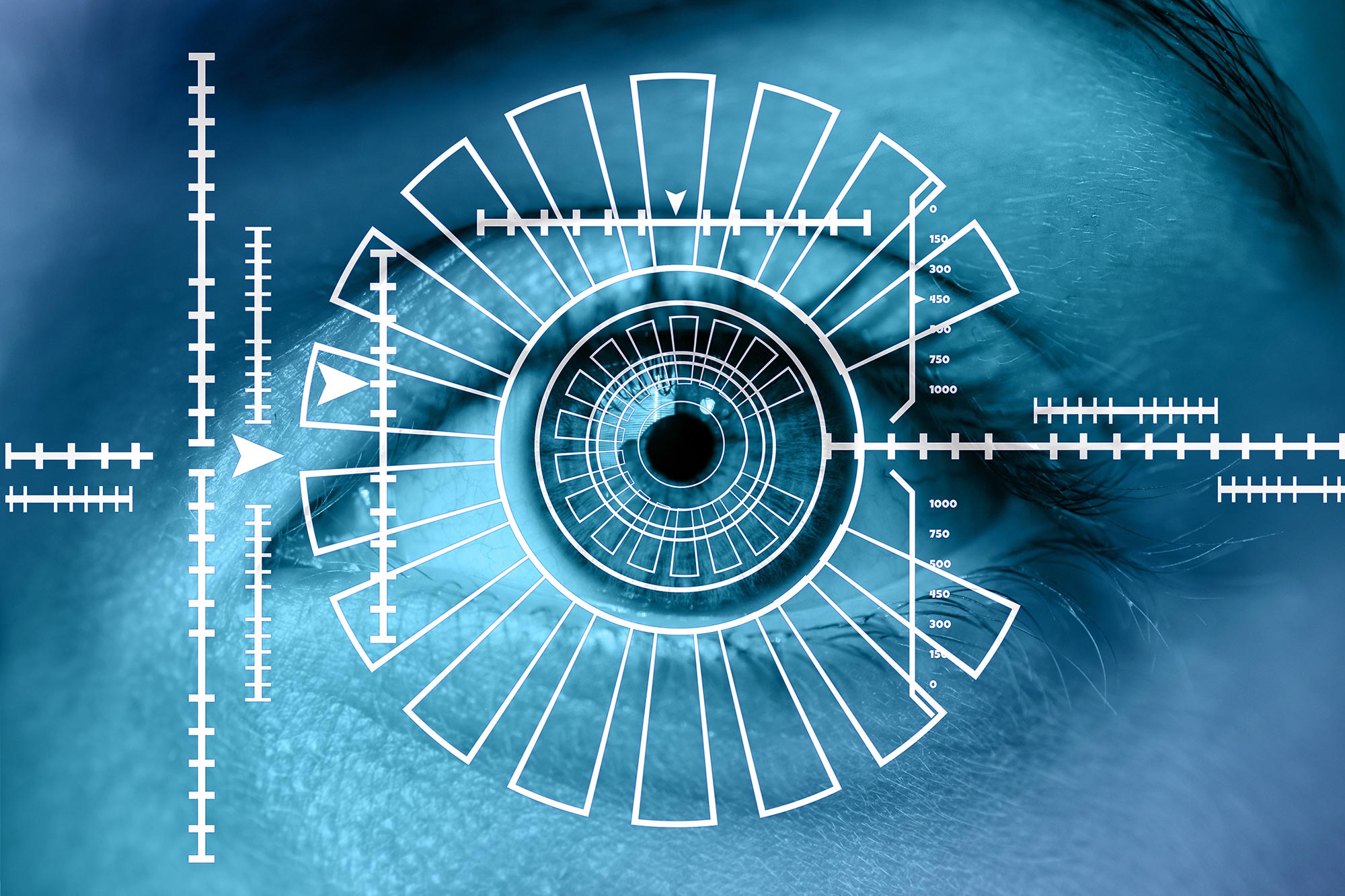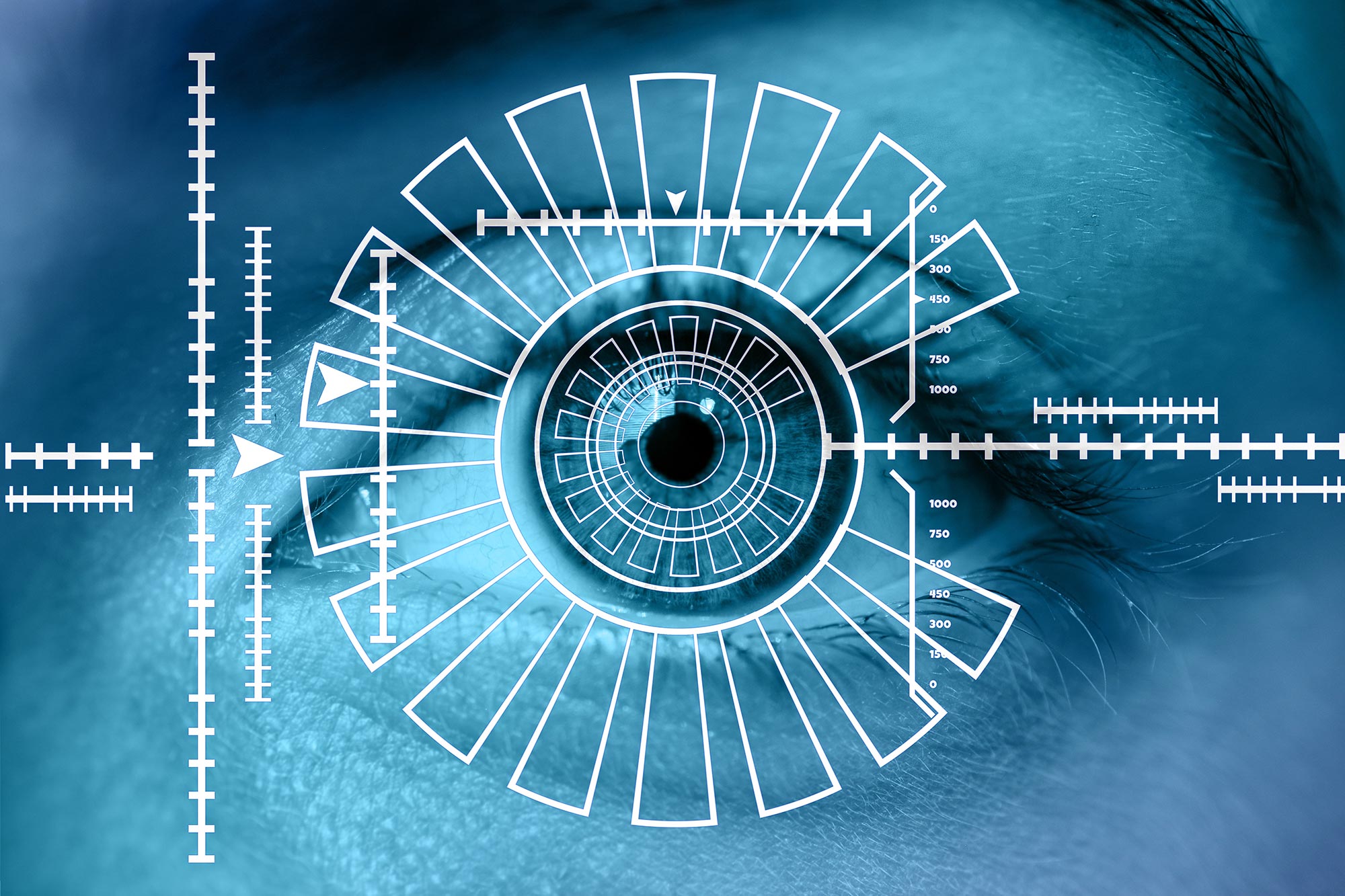
New Technology Gives AI Human-Like Eyes

Scientists at the College of Central Florida have developed AI technological know-how that mimics the human eye.
The technological innovation could possibly outcome in remarkably made artificial intelligence that can instantaneously comprehend what it sees and has takes advantage of in robotics and self-driving cars and trucks.
Researchers at the College of Central Florida (UCF) have built a gadget for synthetic intelligence that replicates the retina of the eye.
The exploration may consequence in cutting-edge AI that can recognize what it sees correct away, these types of as automatic descriptions of photographs captured with a digital camera or a cell phone. The know-how could also be employed in robots and self-driving cars.
The technological innovation, which is described in a modern analyze published in the journal ACS Nano, also performs better than the eye in phrases of the range of wavelengths it can understand, from ultraviolet to visible mild and on to the infrared spectrum.
Its means to incorporate 3 different functions into one particular even more contributes to its uniqueness. At present available smart graphic technological know-how, these kinds of as that discovered in self-driving automobiles, needs separate knowledge processing, memorization, and sensing.
The researchers declare that by integrating the a few techniques, the UCF-built gadget is a lot faster than present technological innovation. With hundreds of the units fitting on a one-inch-huge chip, the technological know-how is also very compact.
“It will adjust the way synthetic intelligence is recognized these days,” says examine principal investigator Tania Roy, an assistant professor in UCF’s Office of Elements Science and Engineering and NanoScience Technology Heart. “Today, every thing is discrete components and jogging on common hardware. And below, we have the capacity to do in-sensor computing applying a one system on a person tiny system.”
The know-how expands upon past work by the study crew that made brain-like products that can enable AI to do the job in remote areas and place.
“We had products, which behaved like the synapses of the human mind, but even now, we had been not feeding them the impression straight,” Roy states. “Now, by adding image sensing capacity to them, we have synapse-like gadgets that act like ‘smart pixels’ in a digital camera by sensing, processing, and recognizing photographs simultaneously.”

Molla Manjurul Islam, the study’s guide writer and a doctoral pupil in UCF’s Office of Physics, examines the retina-like gadgets on a chip. Credit history: College of Central Florida
For self-driving motor vehicles, the flexibility of the unit will allow for safer driving in a assortment of conditions, such as at evening, states Molla Manjurul Islam ’17MS, the study’s guide creator and a doctoral pupil in UCF’s Division of Physics.
“If you are in your autonomous motor vehicle at night and the imaging method of the car operates only at a individual wavelength, say the noticeable wavelength, it will not see what is in front of it,” Islam says. “But in our situation, with our product, it can essentially see in the complete affliction.”
“There is no claimed unit like this, which can run at the same time in ultraviolet range and visible wavelength as perfectly as infrared wavelength, so this is the most distinctive providing position for this machine,” he suggests.
Key to the technology is the engineering of nanoscale surfaces designed of molybdenum disulfide and platinum ditelluride to permit for multi-wavelength sensing and memory. This function was executed in shut collaboration with YeonWoong Jung, an assistant professor with joint appointments in UCF’s NanoScience Know-how Middle and Section of Materials Science and Engineering, element of UCF’s School of Engineering and Computer system Science.
The scientists tested the device’s
Reference: “Multiwavelength Optoelectronic Synapse with 2D Materials for Mixed-Color Pattern Recognition” by Molla Manjurul Islam, Adithi Krishnaprasad, Durjoy Dev, Ricardo Martinez-Martinez, Victor Okonkwo, Benjamin Wu, Sang Sub Han, Tae-Sung Bae, Hee-Suk Chung, Jimmy Touma, Yeonwoong Jung and Tania Roy, 25 May 2022, ACS Nano.
DOI: 10.1021/acsnano.2c01035
The work was funded by the U.S. Air Force Research Laboratory through the Air Force Office of Scientific Research, and the U.S. National Science Foundation through its CAREER program.
